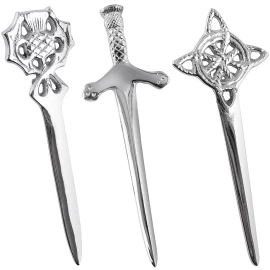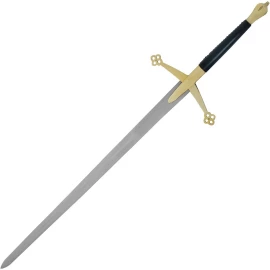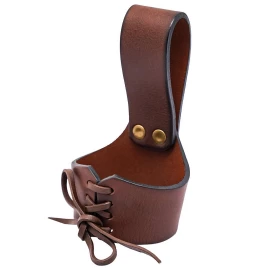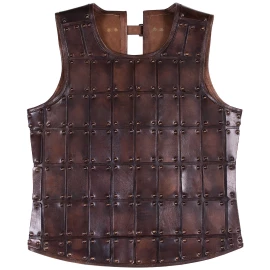The Scots
Scotland is part of the constitutional monarchy of the United Kingdom of Great Britain and Northern Ireland today. Scottish culture and Scottish traditions survived centuries to these days, although the Scottish kingdom lost its independence in 1707 already. We are even today fascinated by many historical wars for Scottish Independence. It is the person of William Wallace who deserves the admiration in the first place.
Filter products
The Scots
The history of Scotland of the Scotch nation is closely connected with the person of William Wallace. He was a skilled, devoted and untiring fighter for the Scottish Independence. Many films have been inspired by his bravery. The most famous of them is the movie Braveheart, directed by Mel Gibson in 1995. The fate of William Wallace ended tragically without freeing the Scotland during his life. The Scotland was freed as late as in 1314 thanks to the Scottish king Robert I. Nevertheless, William Wallace became a national hero.
You will find many products inspired by the Scottish history and culture in our e-shop. You will discover various types of kilts among the Scottish costumes here. We count to Scottish weapons phallic daggers, claymore or Scottish backswords. You will surely like various leather products, forged products, shoes for the Scots and other necessary things like Scottish flags.
The kilt is a part of the Scottish national costume. It is a pleated wrap skirt with a checked pattern. The kilt is made of woollen checked fabric called tartan. Underwear is not worn under this type of skirt.
Claymore is a two-handed sword that was used of the Scottish highlanders and mercenaries in the time from the 15th to 17th century. In the 18th century claymore was used as a name for one-handed swords used in the Scottish army. These swords have beautiful decorated guards around the hilt. The Scots often used some phallic daggers (bollock daggers) in the 14th to 18th century. These daggers were called kidney daggers in the Victorian era.












